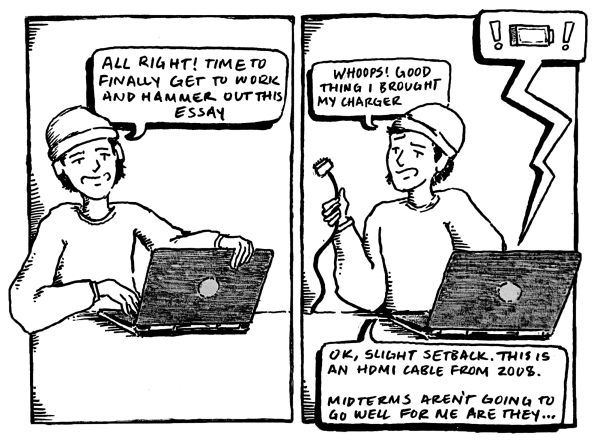Journalism Must Acknowledge Hate
To the Editors:
College junior Kameron Dunbar recently wrote an impassioned criticism of disproportionate whiteness within media publications, which he argues leads to “uncontested platforms” promoting whitewashed perspectives (“Whiteness of Student Publications Threatens Integrity”, The Oberlin Review, Dec. 1, 2017.) In reference to The New York Times article “A Voice of Hate in America’s Heartland,” he writes, “It allows the bias of sectarianism and segregation to freely enter the American subconscious without opposition, priming us to respond to these irrational and abhorrent ideologies not with alarm, but with dereliction and indifference.” While I fully support greater diversification of local and national newsrooms, I am here to submit a defense of The New York Time’s profile of an avowed white nationalist. The opinion that this article should not have been published on the grounds of normalizing extremism abrogates responsibility to acknowledge how extremism already permeates America’s citizenry.
Like Dunbar, I am a Midwesterner of color who has encountered racism in the heartland; Tony Hovater, the man-in-question from The New York Times piece, grew up an hour away from me. I remember stepping into a grocery store while camping with friends in southeast Ohio and feeling stares from every direction; my mixed-race heritage made me an anomaly, a suspicion to the all-white customers and staff. After hurrying out to drive back to our site, I saw a mannequin of an anti-Black caricature on the side of the road propped up by someone’s mailbox. I expressed my discomfort to my friends, and we made no further forays into town.
Though I do not wish such a strong perception of threat upon others, such knowledge is precisely what is needed for America’s collective consciousness to oust racist beliefs and behaviors. Refusing to see the faces of neo-Nazis does not make them go away, and anyone who is worried about normalizing their views must grapple with a hard reality: these people exist, they are numerous, and they are increasingly out in the open. Expositions of neo-Nazis and other hateful persons must be handled with caution, but they are necessary to break the silos within our political discourse. Judging by the tremendous backlash to The New York Times article, liberal-leaning mainstream media audiences prefer to rhetorically marginalize the “basket of deplorables” than acknowledge the magnitude of the problem they pose. This is a grave mistake.
Having faced racism firsthand, Dunbar needs no introduction to white nationalism. But even if he does not need to read about the Nazi next door, other Americans do, especially those who have not, due to privilege or circumstance, come into contact with these oppressions. Those who claim to combat white supremacy, its ugliness and violence, must know exactly who they’re dealing with.
Hate has not seeped into the corners of mainstream American life; it has always stained a swath of our nation, even as proponents of love and equality have cut it away. Filtering out these real voices suggests blindness to their proliferation, and if liberals should have learned anything in the last year, it is the danger of such willful ignorance. It is paramount that progressives squarely confront, rather than recklessly censor, these people that we so vehemently oppose.
– Taiyo Scanlon-Kimura
OC ’15


